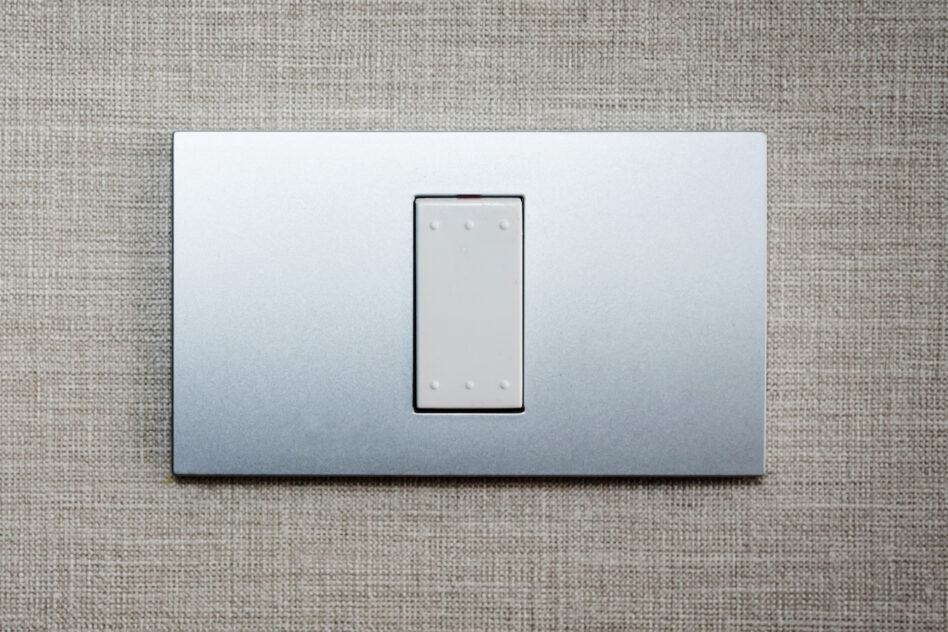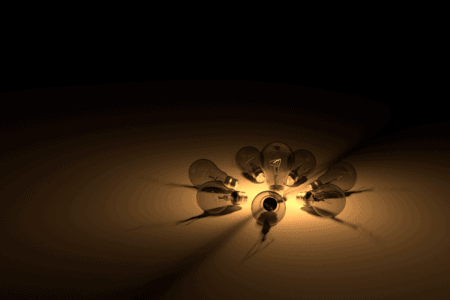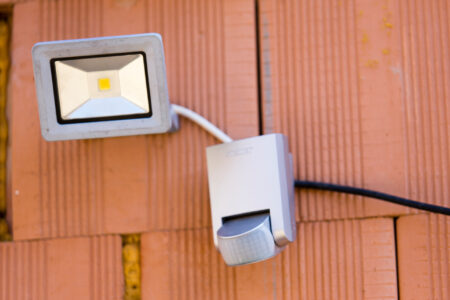An intermediate switch enables you to turn your lights on and off from separate locations, conveniently. This type of switch is ideal to use when there are three or more switches that are used to power up a single light.
How Does an Intermediate Switch Work?
An intermediate switch is also known as a three-way switch or crossover switch. It acts as a middleman between your primary switches.
It’s used in a particular light circuit where three lights are linked to one light outlet. Simply put, when you have three or more light switches used to control one lamp, the middle switch of the three must be an intermediate switch.
An intermediate switch is very useful when you want to power the lights in the entire area using a single switch. There’ll be no need for you to turn off each of the individual lights.
You can also use an intermediate switch as a dimmer switch to control the brightness of your lights from several areas.
Where Do You Use an Intermediate Switch?
Properties with spacious interiors and multiple rooms use intermediate switches.
Here are a few examples of where intermediate switches are needed most:
For Residential Spaces
Big houses, apartments, and condominiums use intermediate switches.
For example, you have a light in your living room that you want to power on and off from your room entrance and the couch. This requires a multi-way switching system or an intermediate switch.
Most intermediate switches are also useful for security and outdoor lighting.
For Business Establishments
Hotels, hospitals, and shopping malls utilize intermediate switches in their electrical systems since they have long hallways and numerous staircases.
The crossover switch is beneficial for high-rise buildings and subway areas. With the use of an intermediate switch, you can turn on or off lights from various floors or any control room within the building.
Main Difference Between One-way, Two-way, and Intermediate Switches
One-way, two-way, and intermediate switches mainly differ in the number of locations from which they can control an electrical device.
Let’s get to know how these switches work.
One-way Switch
Simple electrical circuits involving the lights in a room use a one-way switch. Its press button is directly attached to the light device.
You’ll only have one switch to turn the lights on and off.
Two-way Switch
Two-way switches consist of a common wire and two travelers that allow the switch to control the light from two different locations.
It’s a good idea to use this type of switch for an area with two separate entrances, such as a staircase. You can have a switch at the bottom of the stairs and another one at the top of the stairs.
Intermediate Switch
An intermediate switch is versatile and more advanced than the other two switch types. You typically install it between two three-way switches.
The intermediate switch is used to add a control point for the light. You can introduce it to multi-way switching systems to allow operation from additional locations.
How Do Intermediate Switches Connect to a Circuit?
The process of connecting an intermediate switch to an electric circuit is the same as connecting a circuit to a standard switch.
When you attach the intermediate switch to a circuit, you can link the switches in parallel to one input or series to one output.
When the switches are linked together in parallel, it makes a parallel connection. The connection will then utilize all three handles as inputs, and they’ll all turn on at once when you connect them successfully.
In this case, there will be no need for a circuit conductor because the middle point will be in its place.
The Operating Concept
The intermediate switch’s operating concept is the same as DPDT or double pole double throw switch. This is where each input connector links with two output connectors.
Using an intermediate switch, you can connect one of your switches to an electric circuit and have it as a button switch. Subsequently, when you turn on the top switch, the middle switch will also be activated.
Mechanism of an Intermediate Switch
The mechanics of an intermediate switch are relatively simple. It consists of a switch body that contains the electrical contacts and a spring-loaded switchblade and a switch plate.
The switch plate is mounted to the wall and has a switch button that you can press to power the light on or off.
When you press the switch button, it moves the switchblade, which makes or breaks the electrical connection and controls the flow of electricity to the light.






